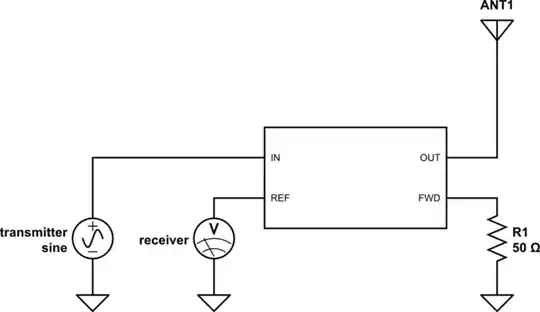Are you thinking something like this?

simulate this circuit – Schematic created using CircuitLab
Let's say you have a really good directional coupler with a directivity of 55dB. And the antenna is a good match with a VSWR of 1.1, or equivalently a return loss of 26 dB. And the transmitter power is 10 W, or 30 dBm. And we'll say we select a directional coupler with a coupling factor of 10 dB (though as you'll see, the coupling factor doesn't really matter).
30 dBm, after the 55 dB directivity of the coupler, and the 10 dB coupling factor, means the receiver will see 30-55-10 = -35 dBm at its input from the transmitter.
Let's say we want to hear a 1 W (20 dBm) station that's 1 km from the repeater. At 144 MHz that's a free space path loss of 76 dB, so the power received at the antenna will be in the neighborhood of 20-76 = -56 dBm. Maybe a little more after adding antenna gain.
That -56 dBm is then subject to the 10 dB coupling factor, so at the receiver it becomes -66 dBm.
Signal power: -66 dBm
Noise power (from the transmitter): -35 dBm
SNR: -12 dB
Obviously this is not going to work. And it's actually worse than this, because any reflected power from the antenna will also show up at the receiver. The 30 dBm of transmitter power, after the 26 dB return loss, is 4 dBm. Then subject to the 10 dB coupling factor is another -6 dBm of transmitter power finding its way into the receiver.
